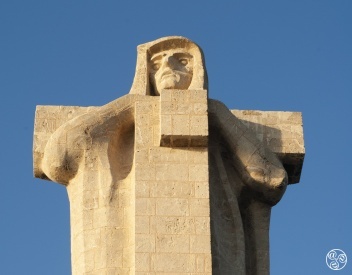Don Lorenzo in Montefrio
Poet and translator Lawrence Bohme reminisces on the summer of 1960 and his discovery of the Montefrio which became his home. In the last three essays Laurence returns to Montefrio in 1985, this time to live in the idealic 'Cortijo de los Siete Olivos'.

